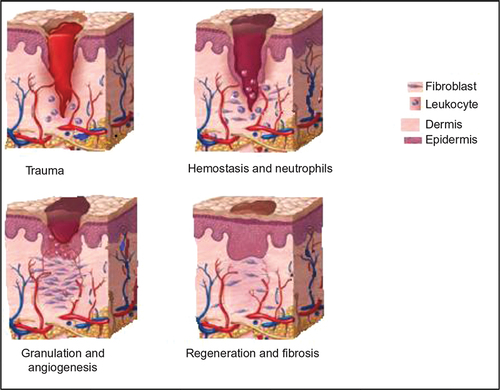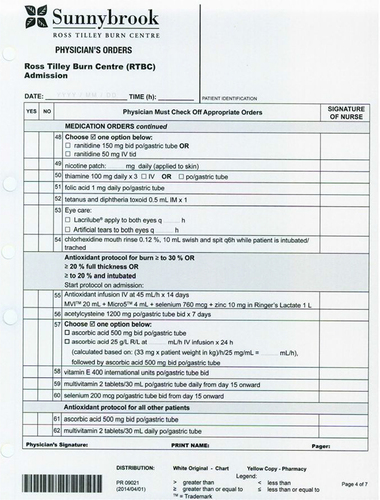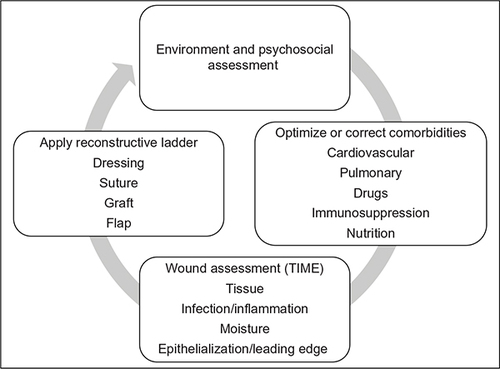Figures & data
Table 1 Important growth factors and their principle responsibilities
Figure 1 Dominant cellular components in the healing process.
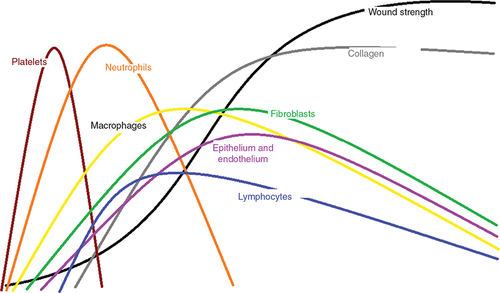
Figure 4 Graft loss on the back after major burn injury.
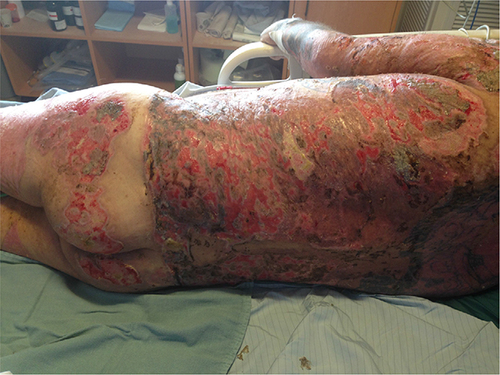
Figure 5 A traumatic degloving wound of the right thigh and buttock.
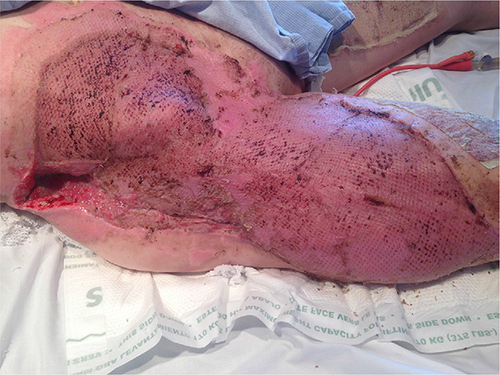
Table 2 Agents in common use at the RTBC
Table 3 Summary of protocol for the use of antiseptic soaks for infected wounds at Ross Tilley Burn Centre

